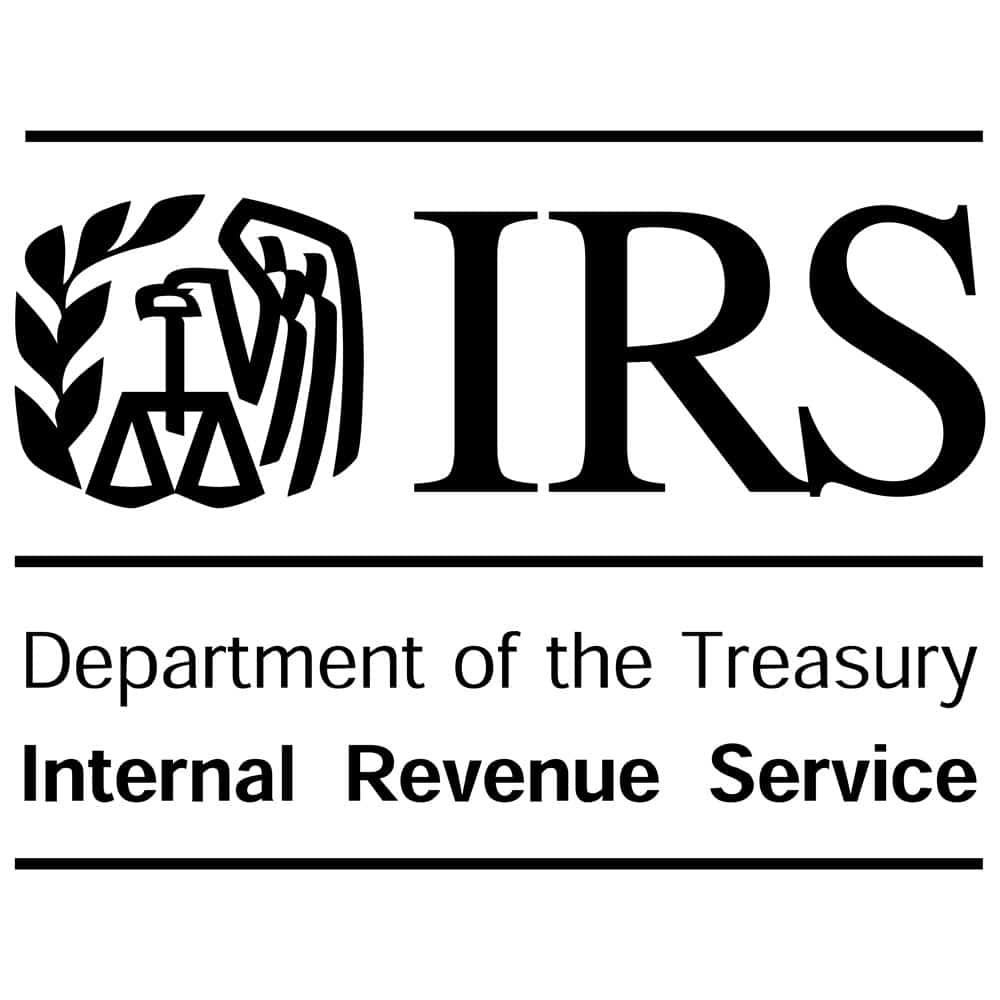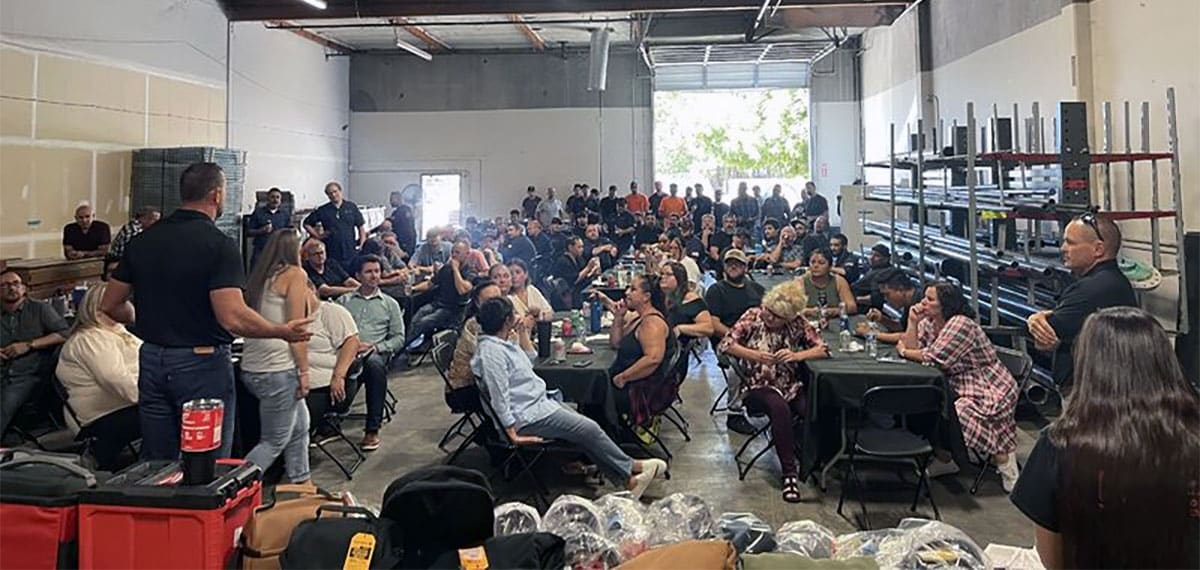Comparison of Old and New Provisions
| Current Law | New Law (EGTRRA) | ||||||||||||
| I. Increases in Contribution, Deduction and Benefit Limits | |||||||||||||
|
Contribution Deduction Limits: An employer’s deduction for contributions (including 401(k) deferral contributions) to a profit sharing or stock bonus plan is limited to 15% of participants’ taxable compensation. The money purchase plan limit is 25%.
|
Effective: |
||||||||||||
|
Individual Benefit and Contribution Limits: Allocations of employer and employee contributions and forfeitures in a profit sharing, 401(k) or other defined contribution plan cannot be greater than the lesser of (i) 25% of gross pay or (ii) $35,000 (indexed).
|
Allocations of employer and employee contributions and forfeitures cannot be greater than the lesser of (i) 100% of gross pay or (ii) $40,000 (indexed).
Effective: |
||||||||||||
|
Annual Compensation: Currently a qualified retirement plan can consider up to $170,000 of pay to determine benefits and contributions.
|
The limit is increased to $200,000, and will be indexed in $5,000 increments thereafter.
Effective: |
||||||||||||
| II. ESOP S Corporation Changes and Dividends | |||||||||||||
|
Anti-Abuse Rules for S Corporation ESOPs: No provision.
|
If ownership of S corporation shares in an ESOP is or becomes highly concentrated among one or more “disqualified persons” (and certain family members), there is an excise tax of 50% of the value of the shares allocated to, or synthetic equity owned by, the disqualified person. A disqualified person who receives a prohibited allocation is also taxable on the value of the shares allocated to his or her ESOP account.
Effective: Otherwise, plan years beginning after December 31, 2004 |
||||||||||||
|
Deduction for ESOP Dividend Reinvestment: Employer cannot take a deduction for dividends that remain in an ESOP for reinvestment.
|
An employer can deduct dividends
paid to an ESOP if the participants may elect to receive the dividends in cash or to have them reinvested in employer stock within the ESOP. Effective: |
||||||||||||
| III. 401(k) Plans | |||||||||||||
| Elective Deferrals: $10,500 is the maximum limit on pre-tax contributions to 401(k) plans. |
The limit is increased to $15,000
as follows:
Effective: Tax years beginning after December 31, 2001 |
||||||||||||
| Catch-up Contributions: No provision. |
Participants age 50 or older may make annual catch-up contributions to 401(k) plans and certain other salary reduction arrangements.
Make-up contributions are limited to a participant’s annual compensation reduced by other deferrals if less than these limits. The limit on make-up contribution will be indexed in $500 increments.
Effective: |
||||||||||||
| Faster Vesting for Matching Contributions:
The minimum vesting schedules are:
|
The minimum vesting schedule for matching contributions are:
This change does not apply to other types of contributions. Effective: |
||||||||||||
|
Prohibition on “Multiple Use” Repealed: The multiple use test prohibits a 401(k) with matching contributions from relying on the alternative limit (lesser of 200% or 2 percentage points difference) for both the ADP (deferrals) and ACP (match and after-tax) tests.
|
The multiple use test is eliminated.
Effective: |
||||||||||||
|
“Same Desk” Rule Repealed: Following a merger or acquisition, a 401(k) plan cannot distribute benefits to a participant employed by the buyer if the participant continues at the same job at the “same desk.”
|
The same desk rule is repealed allowing the acquired company to distribute benefits to participants who continue to work for the buyer at the same job after the merger or acquisition.
Effective: |
||||||||||||
|
Hardship Rules Liberalized: A plan must suspend a participant’s salary deferral contributions for 12 months following a hardship withdrawal in order to satisfy the safe harbor for in-service distributions.
|
The 12-month suspension period can be shortened to 6 months.
Effective: |
||||||||||||
|
Roth Contributions to 401(k) Plans. Withdrawals of after-tax contributions and earnings are taxed on a pro-rata basis upon distribution.
|
401(k) plans may permit participants to make “Roth” contributions, which are included in taxable compensation when made. These contributions and earnings will be treated as elective deferrals but will not be subject to tax in the year they are distributed.
Effective: |
||||||||||||
| IV. Rollovers | |||||||||||||
|
Rollover Rules Expanded: Rollovers from a qualified retirement plan can be made only to another qualified plan or an IRA. After-tax contributions cannot be rolled over.
|
Effective: |
||||||||||||
| Automatic Rollovers: No provision. |
The plan must provide for an automatic rollover to an IRA of involuntary cash-outs between $1,000 and $5,000, unless the participant requests otherwise.
Effective: |
||||||||||||
| V. Small Employer Plans | |||||||||||||
| Small Business Tax Credit: No provision. |
Effective: |
||||||||||||
|
Determination Letter Fees: A small employer must pay the same user fees as other employers.
|
A “small employer” (as defined above) is not required to pay a user fee for a determination letter request, subject to certain timing requirements for the request.
Effective: |
||||||||||||
| VI. Top-Heavy Rules | |||||||||||||
|
Top-Heavy Rules Liberalized: For top-heavy purposes, a “Key Employee” is determined based on a five-year look back. Officers who earn more than $70,000 are Key Employees. Matching contributions are not counted toward the top-heavy contribution minimum.
|
These complicated rules have been
simplified as follows:
Effective: |
||||||||||||





